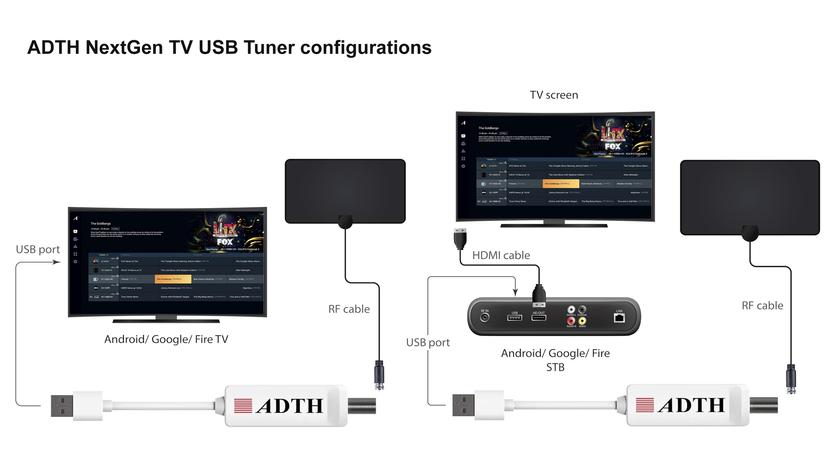Workflow management keeps pace with globalization
The migration away from videotape is having much wider consequences beyond a change in production workflow. The processing of content as files is a boost to multinational media publishers as well to global service providers and post-production companies. Lower-cost fiber bandwidth and WAN acceleration finally make long-haul file transfer more cost-effective than courier delivery of tape or hard-drive caddies. Not only are the transport costs lower, but the extra ingest and QC stages needed for videotape are no longer required.
TV program production has always been collaborative. One company shoots the footage, and offline editing and finishing will take place at different facilities, as well as sound design and graphics. An effects-heavy production may use one or more VFX shops. Finally, the broadcaster probably outsources access services like captioning. That all adds up to a lot of files moving around.
Traditionally, the processes took place within a production village — Los Angeles, London’s Soho and Hilversum in the Netherlands all being examples. However, once it becomes a matter of course to transport media as files, why stay within a village? Operations like animation have been outsourced to countries with low labor costs for decades. Today, we see more and more projects moved around the globe to find the most appropriate labor for the process at hand.
In my early days of radio, I heard stories about how EQ was used on sound desks. The operator would call on an engineer to adjust a response selection amplifier (RSA), as EQ was called back then. I guess the reasoning was that the microphone placement was incorrect — an admirable sentiment. But now, EQ is used as a matter of course to improve the intelligibility of speech. Tape editing similarly had engineers in attendance to nurse the quad machines. This naturally led to the closed world of broadcast engineers.
Video long ago escaped that broadcast world and has become a ubiquitous communication media, for marketing, training, corporate communications and education. A walk around the floor of any trade show, and the latest products are not designed solely for video engineers and video professionals. They are designed for anyone to use, from high school students to advertising agencies
We are right in the middle of 10 years of great change in the TV industry. The last five years have seen the gradual demise of videotape. The next five years should see optimized workflows develop to take advantage of the freedom from the constraints of tape-based workflows. In another five year’s time, I believe the media landscape will be very different. The indications are that crossmedia publishing is on the up and up, newspapers shoot video and TV stations create tablet apps.
Conventional TV broadcasters look set to retain their special position as the primary providers of live sports, events and reality programming, where the immediacy of the product is a key component in attracting viewers. But, the rest is difficult to predict. The appearance of a new consumer device like the tablet can change everything overnight.
The shift from tapes to files coincides with much more affordable middleware designed to mange media businesses. The traditional enterprise IT workflow and business process platforms have had price tags much too high for all but major networks and studios. That is all changing, and it becoming perfectly feasible for a small editing shop to operate in a service-oriented architecture (SOA), with loosely coupled services like transcoding managed via Web services from a simple browser-based dashboard.
Get the TV Tech Newsletter
The professional video industry's #1 source for news, trends and product and tech information. Sign up below.
SOA and business process management, with workflow orchestration controlling the processes, is making big inroads into the media sector, and with it comes much better visualization at the macro levels of the processes. That all leads to managers being able to manage better, just in time really, as the media business struggles to deal with shifting patterns of advertising.
Media as files, and workflow management, are both enablers of the globalization of the media business. This is good for the owners, but it also means the export of jobs from the old media production centers.
Grant Petty, CEO at Blackmagic Design, said, “It’s been a technology rental business for so long, some don’t see it has changed; it’s a creative business.” That latter phrase is key. The staff in broadcast or post operations must develop creative skills to survive, because the basic tasks are being outsourced to countries with lower labor costs.
The introduction of proper workflow management to file-based production is changing the TV business. There is no option not to change; one only has to look at statistics. Netflix now uses almost 30 percent of Internet bandwidth at peak time in the United States. Five years ago, would they have been on the radar as a major distributor of AV entertainment? There are opportunities and there are threats, but they’re only threats to those who resist change.












